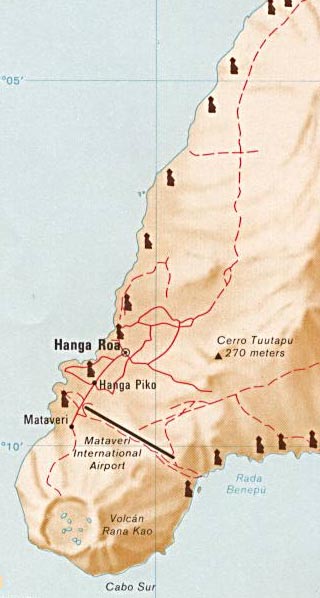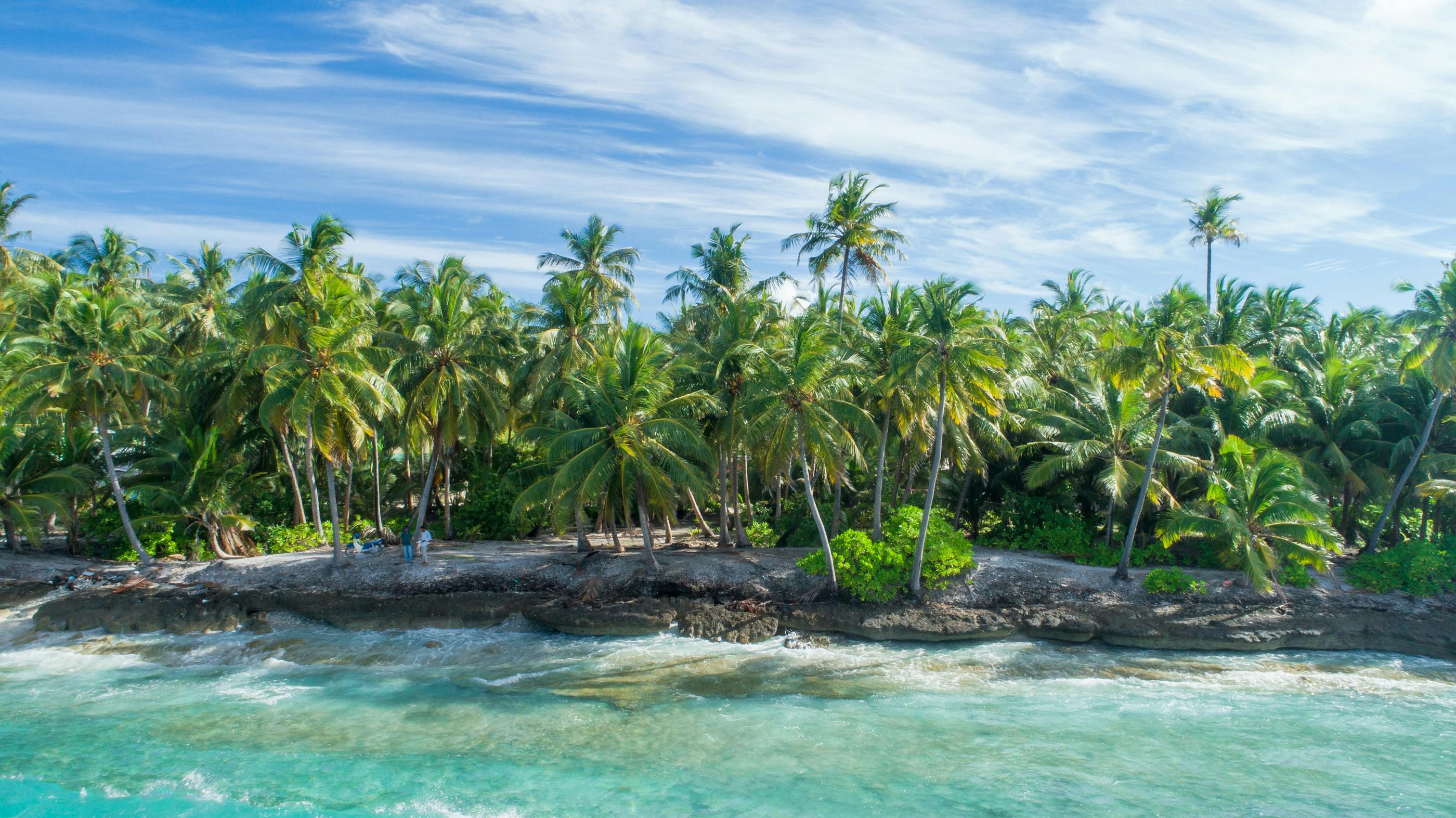
The city is a regional market for livestock, salt, dates, and grains. N’Djamena means “place of rest” in Arabic. N’Djamena is also the country’s largest city, with a population of about 1.4 million. The city also acts as the administrative, trade, and commercial center for the Central African Republic. Bangui has long been the center of rebel activity, destruction, and political upheaval. The city is growing rapidly, over 2% annually. Bangui is both the country’s capital and the largest city, with a population of 889,000. Central African Republic - Banguiīangui is the capital city of the Central African Republic. Additionally, the city is a major distribution center for coffee, cocoa, copra, sugar cane, and rubber. The major industries in Yaoundé include tobacco, dairy, beer, clay, and glass. The city is significantly wealthier and more secure than the rest of Cameroon. Yaoundé is the country’s second-largest city behind Douala, with a population of 2.8 million. Praia is a port city for agricultural products such as bananas, coffee, sugarcane, and castor beans and is a submarine cable station. Home to about 160,000 residents, Praia is the country’s economic, political, and cultural center. Praia is the capital of Cabo Verde, located on the country’s largest island of Santiago.

In December 2018, Burundian President Pierre Nkurunziza announced that Gitega would return to its former political capital status, and a parliament vote in January 2019 made the change official. Gitega is the country’s second-largest city behind Bujumbura, the former capital. Burundi - Gitegaįormerly Kitega, Gitega is the capital of Burundi. Ouagadougou’s primary industries are food processing and textiles. With a population of over 2.2 million, it is also the country’s largest city. Ouagadougou is the capital of Burkina Faso, and its administrative, communications, cultural, and economic center. The city is the government capital and economic capital of Botswana. The population growth rate is around 3.4%, the highest in the country. Gaborone is the country’s largest city, home to over 231,000 people, about 10% of Botswana’s total population. In 1730, the Portuguese renamed and developed the city to become a port for their slave trade. The city was initially called Ajase and served as the capital for the Yoruba state of Popo. The capital city has a population of over 264,000 people and spans over 40 square miles.

Benin - Porto-Novoīenin’s capital is Porto-Novo, meanies “New Port” in Portuguese. Luanda is also one of the oldest colonial cities of Africa, founded in January 1576 by Portuguese explorer Paulo Dias de Novais. The city and its metropolitan area is the most populous Portuguese-speaking capital city in the world, with over 8.3 million people. With over 2.57 million residents, Luanda is Angola’s primary seaport and major industrial, cultural, and urban center. Its name is derived from French and Catalan “Alger,” from the Arabic name al-Jazāʾir, meaning “The Islands.” This refers to the four former islands off of the city’s coast. Algiers is Africa’s third-largest city behind Cairo, Egypt, and Casablanca, Morocco. The city is home to an estimated 3.9 million people and spans over 140 square miles. Algiers is also the chief seaport and political, economic, and cultural center of Algeria. The least populous capital city in Africa is Maseru in Lesotho, with a population of 14,000. Africa has 54 independent nations but more than 54 capitals.


 0 kommentar(er)
0 kommentar(er)
